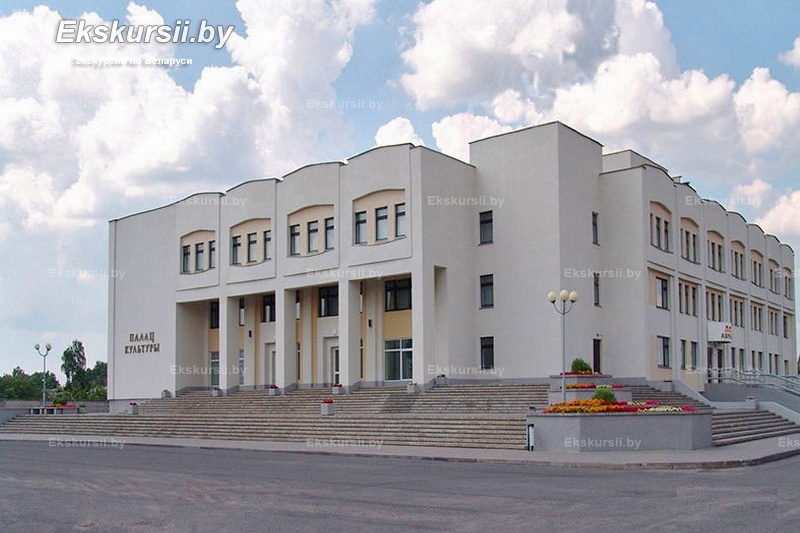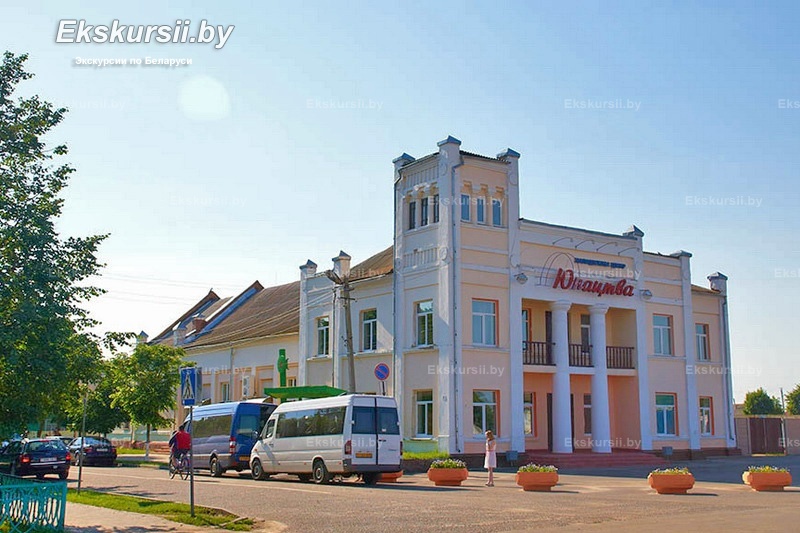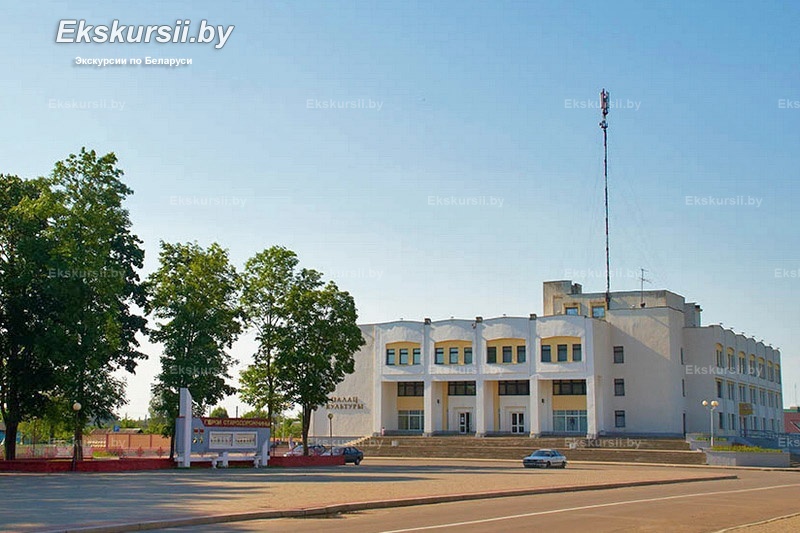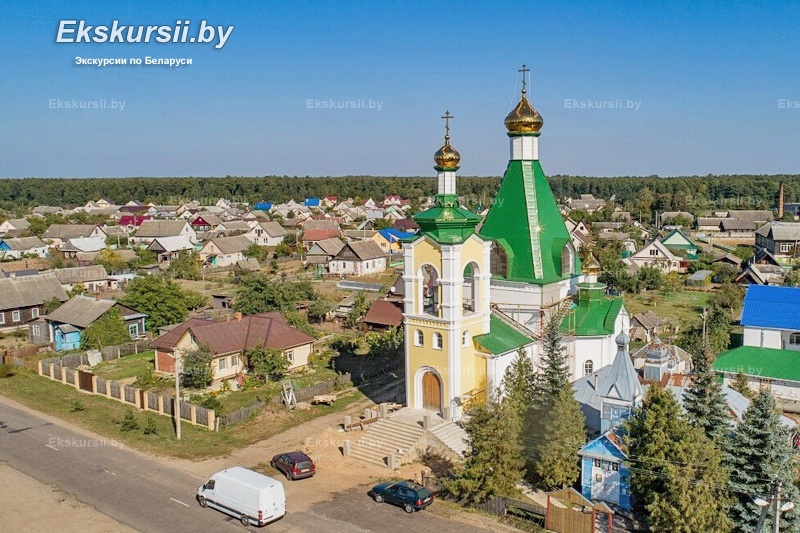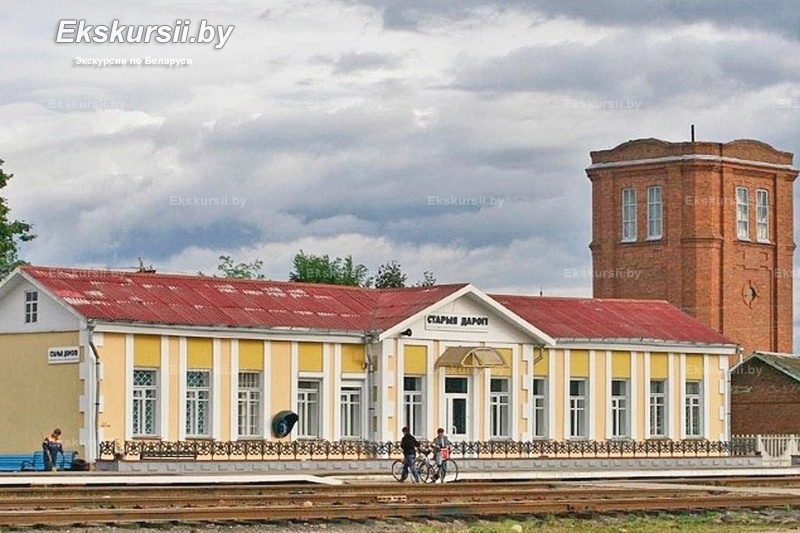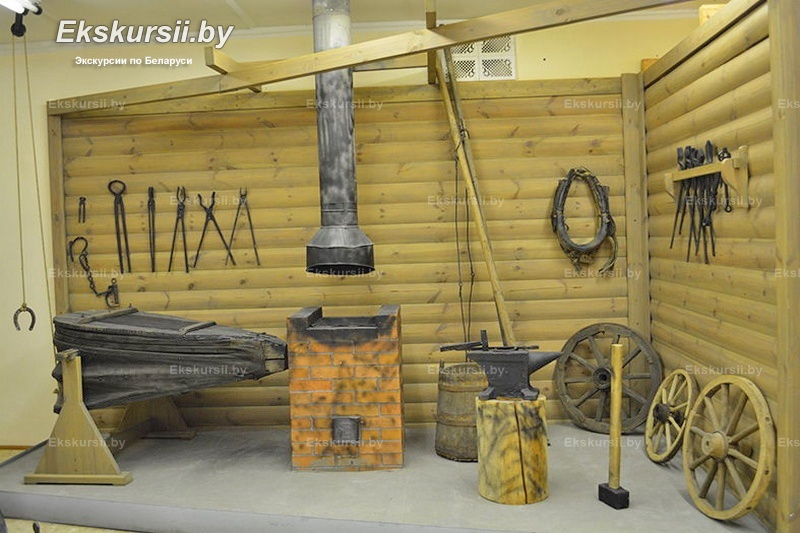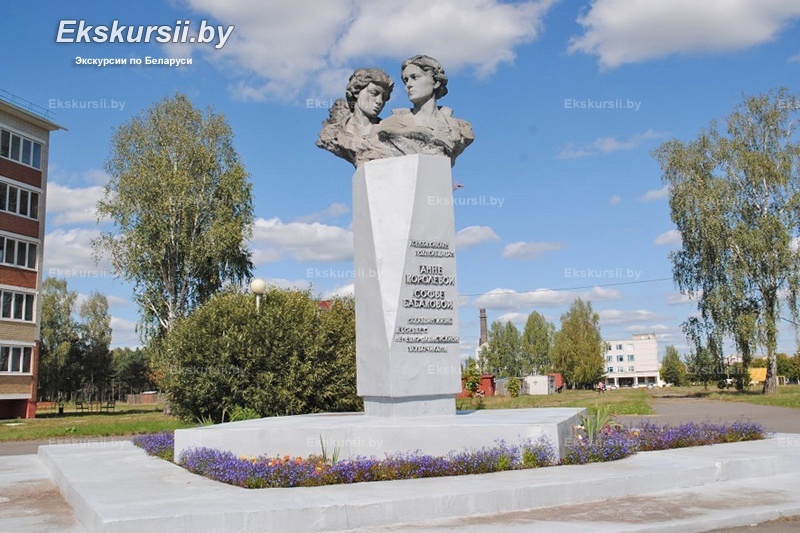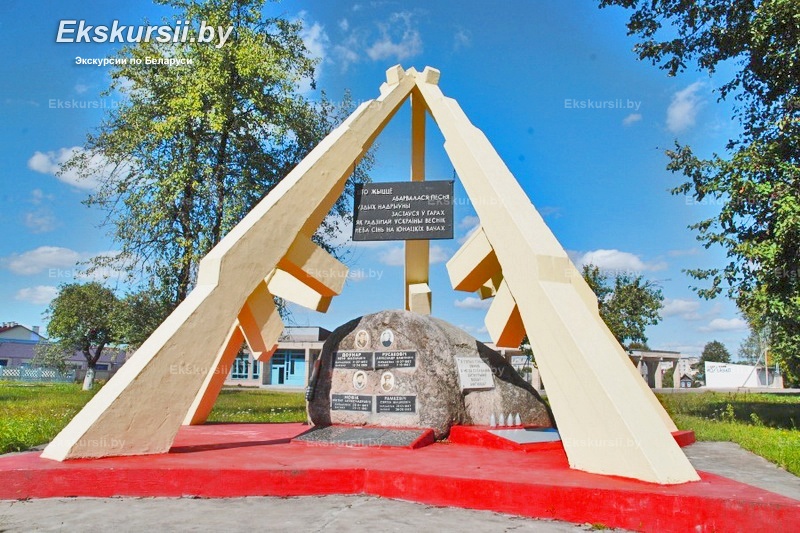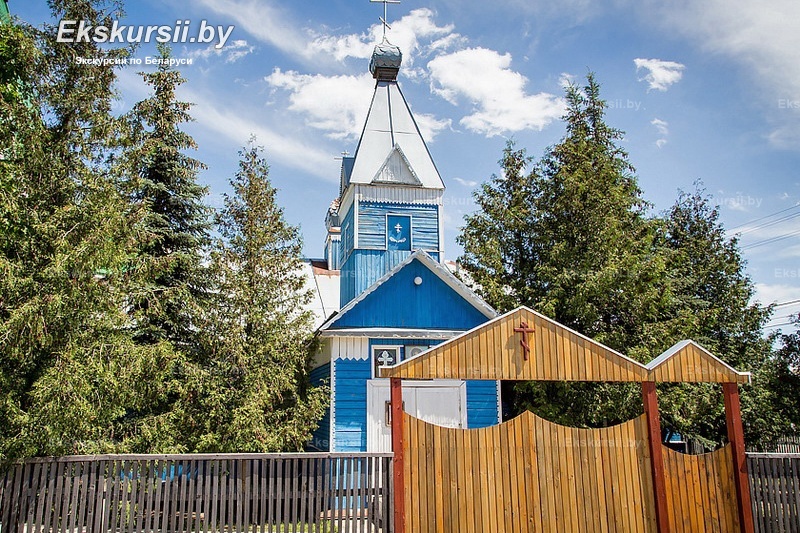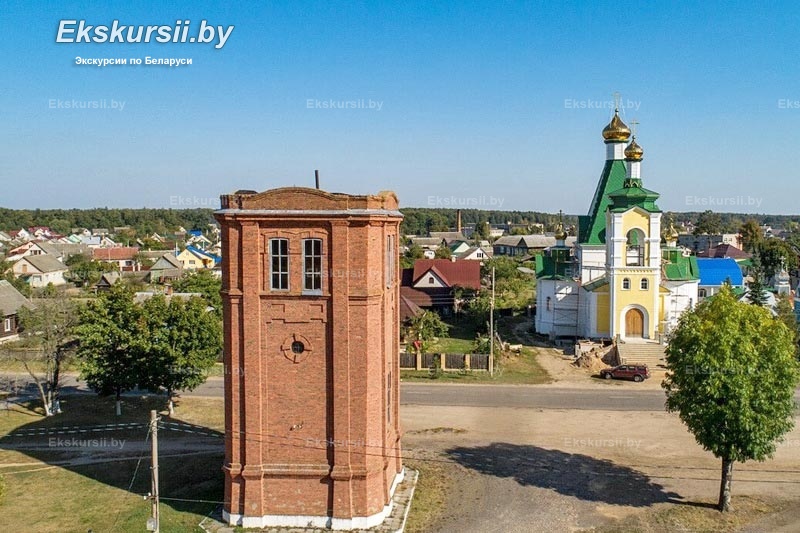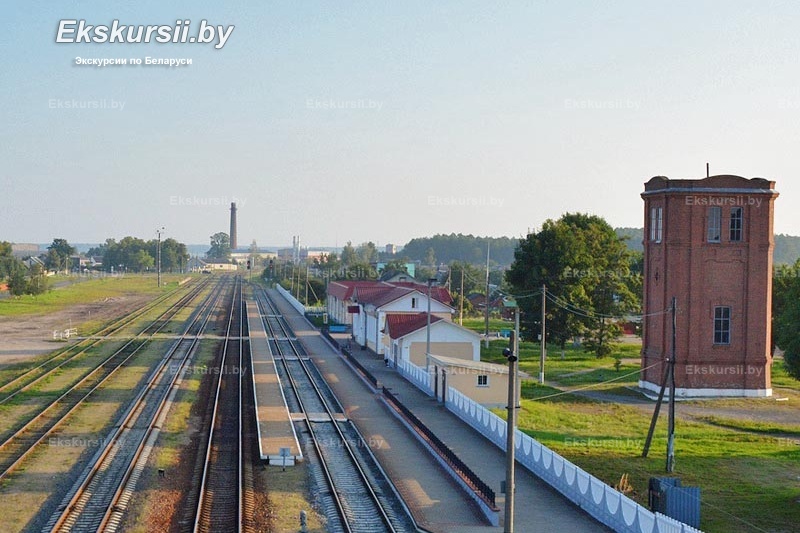History of the development
Staryja Darohi (early Darohi) waqs firstly mentioned the Grand Duchy of Lithuania in 1524. Since the end of the 16th century it belonged to princes Golshansky, and since 1612 passed into the possession of the princes Radziwill. After the second devision of the Polish-Lithuanian Commonwealth Darohi were a part of Bobruisk district of the Russian Empire. The active construction of postal roads and stations began, several major highways were built, one of which was the Moscow-Warsaw highway. After the abolition of Serfdom in 1861, the landowners opened factories, built a Libavo-Romenskaya railway.
In November 1917, Soviet law was established here. During the civil war, the territory of Starodorozhsky district was occupied by Germany troops and Polish legionaries. Starodorozhsky district of the BSSR with the center in Staryja Darohi was formed on July 17, 1924.
In June 1941 and the next three years, Staryja Darohi was occupied by the German fascist invaders. The city was liberated during the legendary Operation Bagration. After liberation, it became part of Bobruisk region. In 1962, Starodorozhsky district was liquidated, most of it was transferred to Slutsk and Osipovichsky regions.
July 30, 1966 the district with the center in Staryja Darohi was restored, after 30 years the city's coat of arms was approved.
Tourism potential
The name of the settlement largely determines which sights travelers can see here. Roodd during the times of the Grand Duchy of Lithuania, the railways later played aimportant role in the development of the city. Thanks to the construction of postal roads, pillars and stations, the city grew, the first paved road from Moscow to Europe was built here - Catherine Route, and later the Libavo-Romenskaya railway. The development of postal communication is reflected in two old postal stations and the only in Belarus exposition of postal roads in the local Historical and Ethnographic Museum. By the way, 2 of the 37 postal stations in Belarus have been preserved in Staryja Dorogi. The museum features a chaise, a blacksmith shop is recreated, the second exhibition of the museum is dedicated to ethnography.
Another attraction that preserves the heritage of the ancestors is the regional craft center. Handicrafts are not just performed here - wood carving, embroidery and applications from straw, but there are workshops that specialize in embroidery and belt making.
Water tower, which was built of red brick near the train station in the late XIX - early XX centuries, has a prominent place among the sights of the city. Nearby the only church in the city - the wooden Church of St. Nicholas of the second half of the twentieth century is located, and in 2006 the construction of a new brick Nicholas Church was started next to it.
The first private art museum in Belarus - the Anatoly Bely Museum is located in Staryja Darohi. His collection contains about 1,700 exhibits with images of Belarusian enlighteners and scholars, writers, as well as participants in liberation movements.
Despite a small size Staryja Darohi has a fairly developed infrastructure - the Palace of Culture, a hotel, a cafe, a restaurant, a railway station and many other objects necessary for a comfortable life.
Walk along the city, where the traditional buildings of the times of the Russian Empire have been preserved, enjoy the relaxed rhythm of life, you will certainly get new impressions and bring a souvenir - a woven doll or handmade shirt from local craftsmen.
